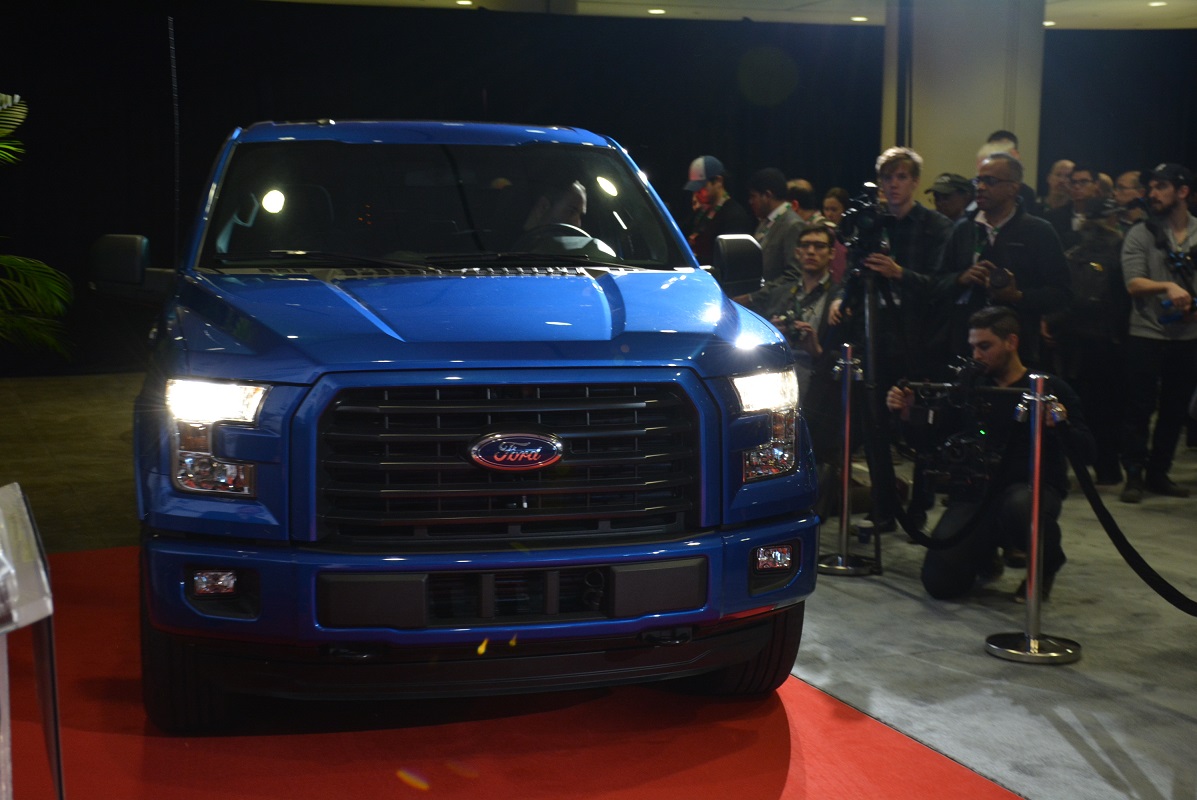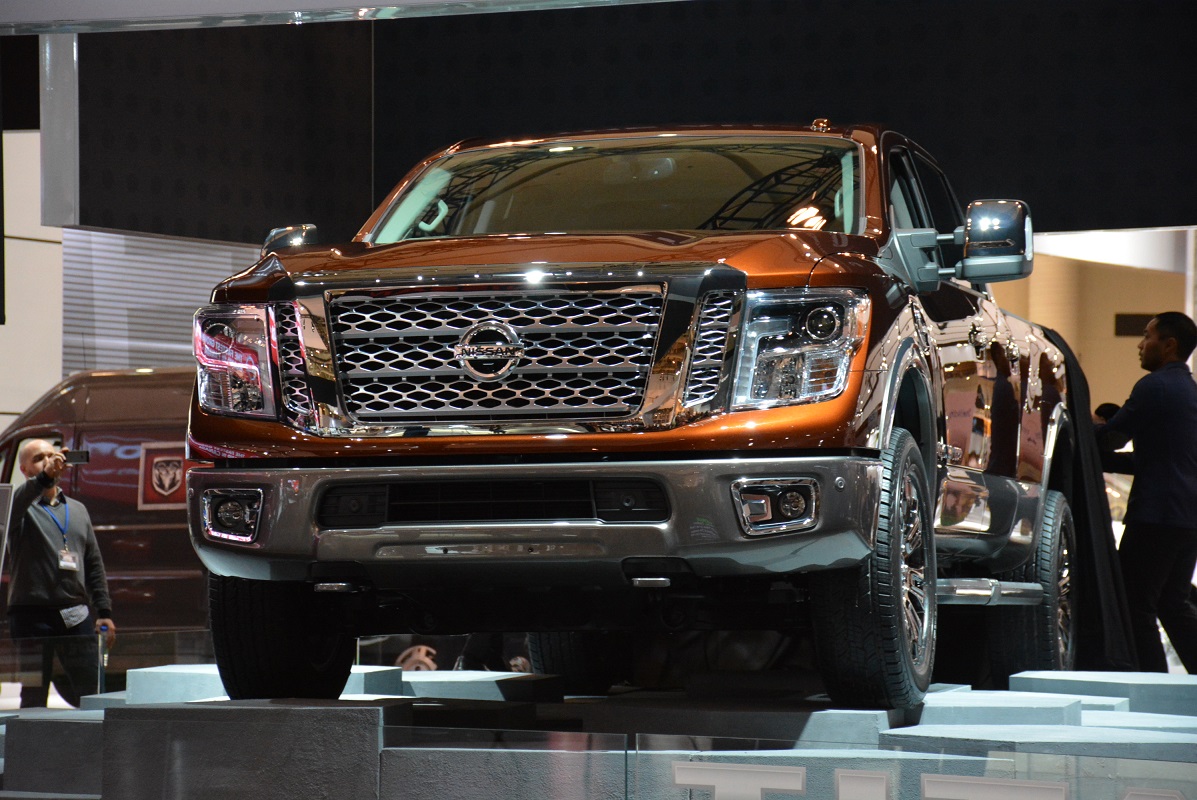Toronto Auto Show Round-up: Top things to see and do
- Written by David Miller
- Published in News
- font size decrease font size increase font size
- Be the first to comment!
The Canadian International AutoShow (CIAS) in Toronto is by far the largest auto show in Canada. In fact, it's the largest consumer show of any kind in Canada. We're talking 500,000 square feet between the North and South building, 125 exhibitors and over 300,000 visitors to see the latest and greatest offered by the various automakers. It's a big attraction to say the least that runs from February 13-22.
The day before the event on February 12, I had the chance to attend the media festivities that highlight the special vehicles that are making its Canadian debut amongst the other 1,000 new cars. Furthermore, the CIAS has some special display rooms that seem to provide something for everyone: Auto Exotica, Art and the Automobile, as well as a host of collector and concept cars.
To kick-off the start of media day, the Automobile Journalists Association of Canada (AJAC) announced its 2015 winners for Canadian Car and Utility Vehicles of the Year. The Ford F-150 took top honours for Utility vehicle besting the Subaru Outback and Porsche Macan S. It was the first time since 2004 that the F-150 won AJAC's prestigious award. For Car of the Year, it was the Subaru Legacy that beat out three other worthy opponents that included the Volkswagen Golf, Hyundai Genesis and the Mercedes-Benz C300 4Matic. This was the first time that Subaru had won a vehicle of the year for one of its sedans.
Once the awards were distributed it was off to see some of the other star attractions. Ford opened the event with a bang showing off its triple threat: the GT supercar, F-150 Raptor and the Mustang GT350R. Those three exciting vehicles are all part of Ford's new Performance division that is expected to have 12 new performance vehicles introduced by 2020. It's a division that will merge ideas from Ford's racing program with its sports-tuned lineup.
If sports cars are your type of thing, you can't miss the all-new second-generation 2016 Acura NSX. Its arrival has been a long-time coming with years of concepts and teases along the way. Finally the wait is over and Acura has created the hybrid supercar we've long drooled over. It cannot be missed as you walk around the auto show, sitting elevated on a turning circle closed off from touching and in racing red. The NSX is powered by a twin-turbo V6 that has three electric motors (two in the front and one around the gear shift) for a total output of over 550 hp.
The Ford F-150 Raptor isn't the only truck that's getting attention, as it seems that many automakers have been jumping at the chance to redesign their haulers to gain a more substantial market share. One of those companies is Nissan, who unveiled the all-new 2016 Titan XD. Nissan believes that the Titan slots in between a heavy-duty and light-truck to capitalize on consumers who wanted something in-between. Nissan made a bold, but exciting choice by going with the diesel-powered Cummins 5.0-litre V8 engine that produces 310 hp and a whopping 555 lb.-ft. of torque.
Toyota is another automaker that wants to keep its dominance in the small, but growing mid-size pickup segment. The Japanese-brand made sure to update the technologies inside the truck, as well as creating a more bold and aggressive physical appearance. Consumers will have the choice of either a 2.7-litre five-cylinder engine or the new 3.5-litre V6 with direct injection.
Other highlights would include the Chevrolet Bolt Concept, which is a futuristic evolution of its current plug-in hybrid electric offering – the Volt. A version based on the Bolt concept has been confirmed for production with the hope that its electric range will extend to 320 kilometres. On the flip side, Hyundai showed off its Tucson Fuel Cell Electric vehicle (FCEV) that is the first hydrogen-run vehicle sold in Canada. It's already in production and at the dealership level, but unfortunately, it's only available in the greater Vancouver area due to the scarcity of hydrogen infrastructure in other parts of the country. The Tucson FCEV takes less than five minutes to fill-up and can travel an estimated 426 kms on a full tank.
I've only highlighted a few of the vehicles at the CIAS, and like I mentioned previously, there are over 1,000 new vehicles to see. Tickets are only $23 for adults, $16 for youths and $7 for children between the ages of 7-12. There are plenty of activities for the kids including an X-Box Gaming Area that can keep them busy in between walks from the North and South building.




